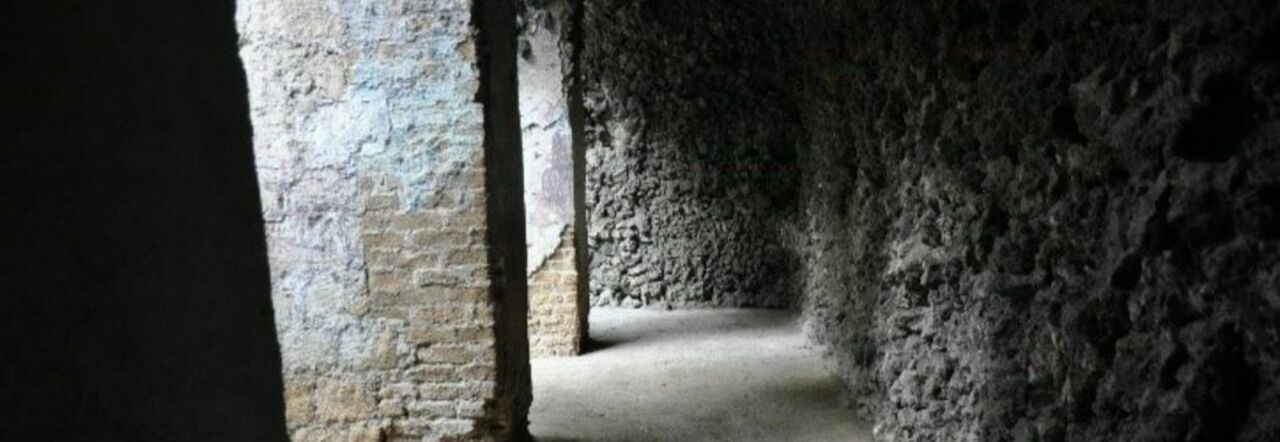Archaeological Discoveries at Villa Floridiana's Faux-Ruins Grottoes

Monday 18 March 2024, 15:23
2 Minutes of Reading
During the recent cleaning works of the "Faux-Ruins Grottoes" at Villa Floridiana in the Vomero district, Naples, significant archaeological discoveries have been made. The grottoes, dating back to the 19th century, were part of the NesIS (Neapolis Information System) research project aimed at creating an archaeological map of the western districts of Naples and aimed at verifying the presence of Roman-era pre-existences in the area, curated by professors Marco Giglio and Gianluca Soricelli, in collaboration with the Regional Directorate Museums of Campania and with the participation of students from the University of Naples "L'Orientale".
The cleaning works of the wall surfaces, aimed at preparing the area for laser scanner survey, led to the discovery of two distinct building phases: the first dating back to the 1st century AD, with the finding of a series of pillars in opus vittatum with tuff blocks. At the base of one of these pillars, a fragment of cocciopesto coating was found.
In the subsequent phase, when the older structures are integrated into a sort of faux ruin, belong the doubling of the pillars, made with tuff blocks, as well as the coating in lava stone and plaster in faux reticulate work. In the final phase of the intervention, portions of the nineteenth-century lava stone coating were also identified. The cleaning activities also returned fragments of ceramic material (so-called African sigillata, amphorae, etc.).
"These archaeological discoveries enrich the knowledge of the Vomero district in Roman times and offer new research insights to reconstruct the history of the city and the forms of occupation of the western hillside of Naples. In a few months, with great commitment, we have managed to give decorum to Villa Floridiana. I personally visited several times to check the progress of the works and we will do more so that this place returns to the splendor it deserves," stated the Minister of Culture, Gennaro Sangiuliano.
"The intense activity of safety works, restoration, and enhancement of the Floridiana, started last October, was immediately accompanied by an important research project aimed at knowing the history and topography of the place in ancient times. Thanks to the collaboration with the Universities "Orientale" and Molise, new important data have already emerged that document the probable presence of a Roman villa, whose remains were partly reused for the realization of the 'Faux-Ruins Grottoes' of the nineteenth-century garden (1817-1819) designed by the architect Antonio Niccolini. A new season for one of the most beautiful historic gardens in Italy, characterized by an approach that combines knowledge, maintenance, restoration, and enjoyment to make this place more and more open and accessible to the community and the growing public," emphasized the General Director of Museums of the MiC, Massimo Osanna.
Once the safety intervention is completed, the research activities will continue with the creation of the three-dimensional, photogrammetric survey and virtual tour of the complex by Professor Angela Bosco and Dr. Rosario Valentini of "L'Orientale".
© ALL RIGHTS RESERVED
This article is automatically translated
This article is automatically translated
